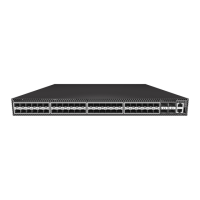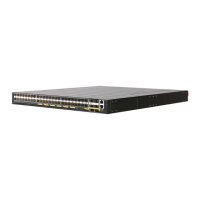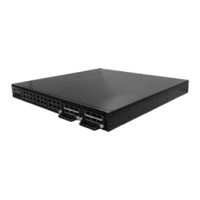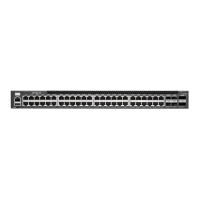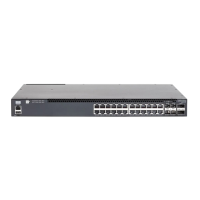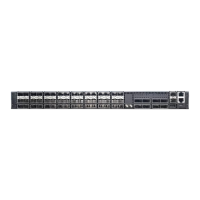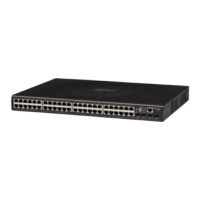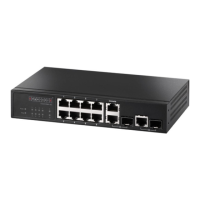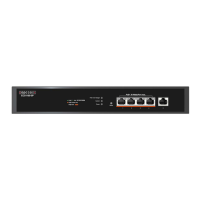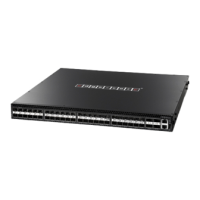Chapter 30
| Multicast Routing Commands
General Multicast Routing
– 1017 –
will support multicast routing using the router pim6 command, and then
specify the interfaces that will support multicast routing using the ipv6 pim
command.
◆ To use multicast routing, MLD proxy can not enabled on any interface of the
device (see ipv6 mld proxy on page 649).
Example
Console(config)#ipv6 multicast-routing
Console(config)#
show ipv6 mroute This command displays the IPv6 multicast routing table.
Syntax
show ipv6 mroute [group-address source] [summary]
group-address - An IPv6 multicast group address with subscribers directly
attached or downstream from this router.
source - The IPv6 subnetwork at the root of the multicast delivery tree. This
subnetwork contains a known multicast source.
summary - Displays summary information for each entry in the IP multicast
routing table.
Command Mode
Privileged Exec
Command Usage
This command displays information for multicast routing. If no optional parameters
are selected, detailed information for each entry in the multicast address table is
displayed. If you select a multicast group and source pair, detailed information is
displayed only for the specified entry. If the summary option is selected, an
abbreviated list of information for each entry is displayed on a single line.
Example
This example shows detailed multicast information for a specified group/source
pair
Console#show ipv6 mroute FF02::0101 FE80::0202
IP Multicast Forwarding is enabled.
IP Multicast Routing Table
Flags: D - Dense, S - Sparse, s - SSM Channel, C - Connected, P - Pruned,
F - Register flag, R - RPT-bit set, T - SPT-bit set, J - Join SPT
Interface state: F - Forwarding, P - Pruned, L - Local
(FF02::0101, FE80::0202), uptime 00:00:05
Owner: PIM-DM, Flags: D
